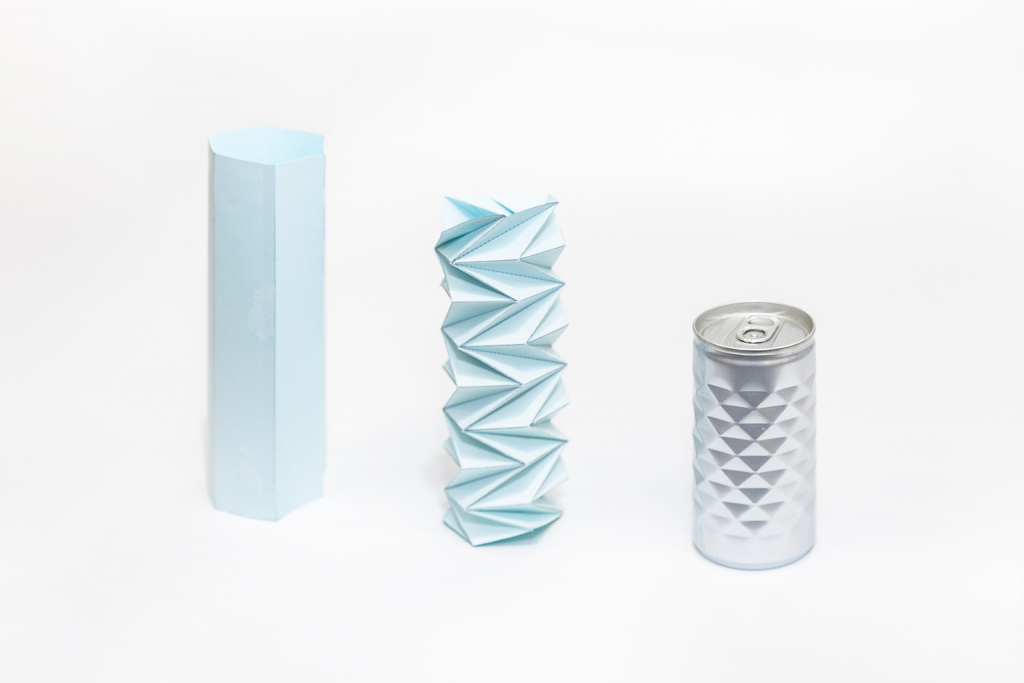Flip through a book of origami patterns and it’s hard not to notice the math staring back at you. The same is true when unfolding a finished piece of origami. Triangles, squares, pentagons — all manner of polygons are represented on creased paper and in pattern designs. And while geometry likely wasn’t on the minds of the first paper folders, the math behind origami is becoming an increasingly important consideration across multiple fields of study. It turns out that origami has applications far beyond keeping kids busy on a rainy day.
Dr. Sachiko Ishida, associate professor in the Department of Mechanical Engineering at Meiji University, performs research in the field of origami engineering, testing out how the properties of origami can be applied to everything from car tires to seismic isolation systems. Over email, she spoke with us about her field, her work and where she sees origami engineering applications in the future.
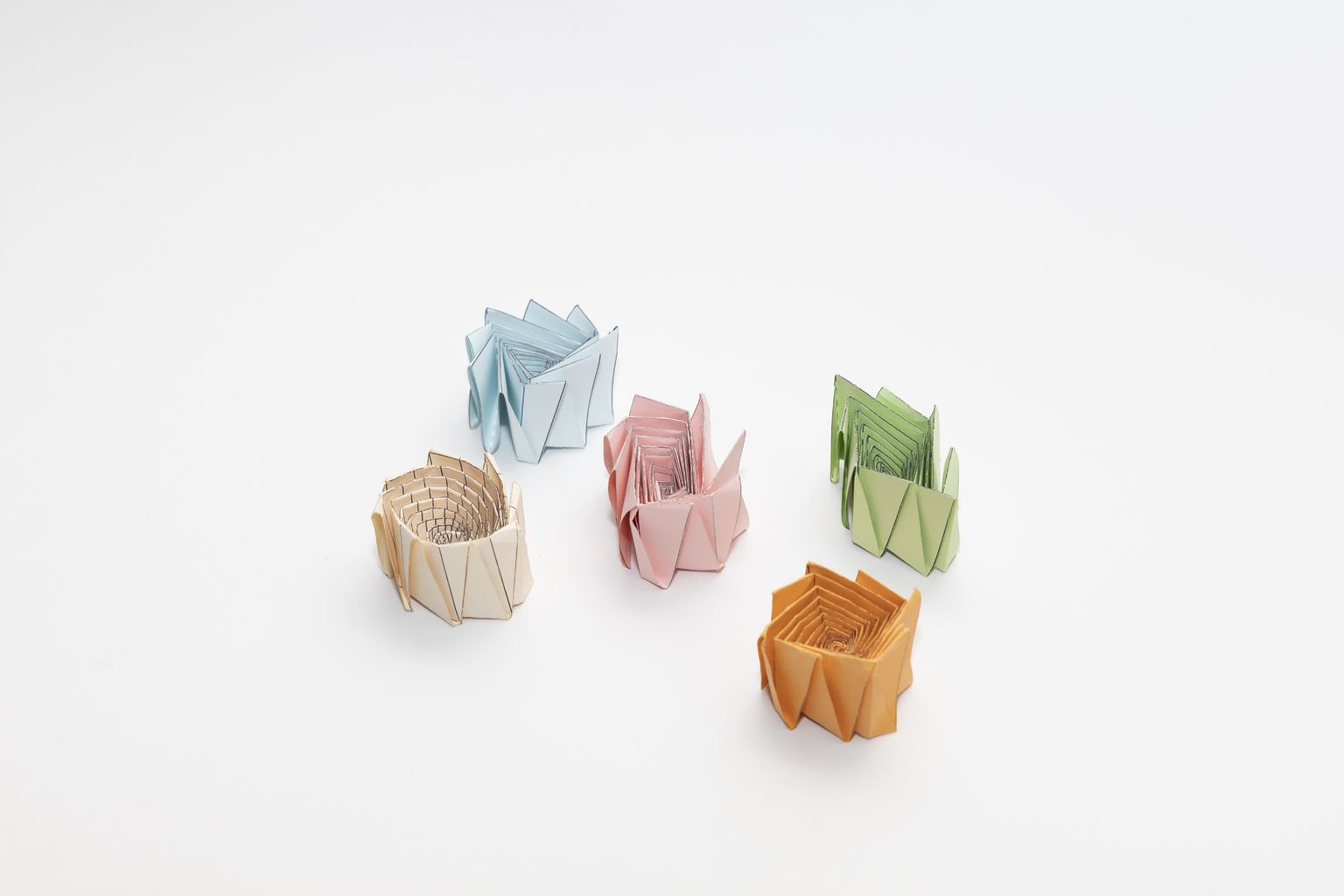
From Uncertain Origins to International Pastime
The earliest mentions of paper folding — it wasn’t called origami until recently — appear in the 17th century. It’s thought, however, that the craft’s roots date back much further, possibly all the way to the introduction of Chinese paper-making methods in the early seventh century.
It began in religion, then was adapted for gift-giving rituals. As paper became plentiful and more affordable, it morphed into a recreational pastime, picking up techniques from European paper folding traditions in the years after the Meiji Restoration to evolve into what we know of as origami today.
By the time it took the English-speaking world by storm in the 1950s, it was already sparking innovation in the field of engineering, where honeycomb core structures, inspired by origami Tanabata festival decorations, were being developed for industrial purposes.
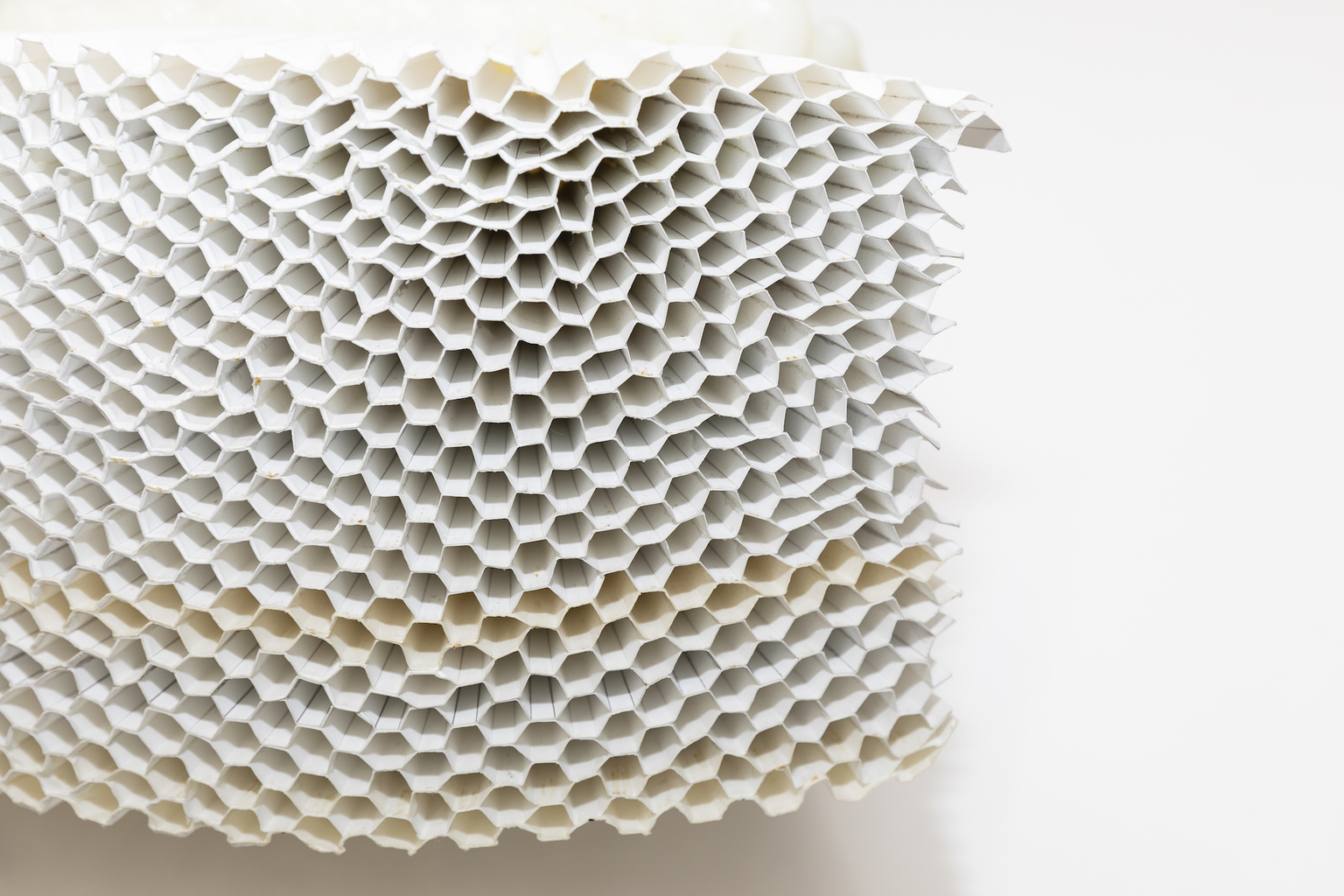
Paper tires formed using honeycomb structures demonstrate that light and pliable materials can support heavy objects.
Out of the Craft Room and into the Research Lab
“Origami begins as a two-dimensional shape but becomes three-dimensional by folding. It can then return to its original two-dimensional form,” Ishida explains. “When you think of it mathematically rather than as play, a hobby or art, you realize it’s packed with ideas for structural design.”
Indeed, origami has already influenced everything from car airbags, packaging and architecture to space travel. Even transforming robots make use of concepts from origami.
But it’s about more than shape-changing. “Folding thin materials into shapes like we would origami paper allows us to create structures that are both light and strong,” Ishida says, using honeycomb structures as an example.
A wide variety of honeycomb and honeycomb-like structures have been developed, and in Ishida’s lab, Ishida and her team research such structures made with cylindrical shapes. In fact, they used a honeycomb structure to create a tire out of paper that was able to support the weight of a car.
The purpose of the paper tire experiment wasn’t to create a paper tire for commercial use, which, as you likely guessed, wouldn’t hold up well in rain, but rather to prove a concept: Even pliable materials like paper can be used to create light yet strong structures that can support heavy objects — provided they’re constructed in an appropriate manner.

Dr. Ishida’s students perform experiments in the on-campus laboratory.
Beyond the Basics
While you might imagine origami engineers sitting around a table, madly folding away at stacks of paper, it doesn’t always look like that.
“The applications of paper alone are limited,” Ishida says. “In my research, I match materials to purpose, sometimes folding plastic panels, assembling laser-cut acrylic sheets or creating complex shapes with a 3D printer.”
In Ishida’s anti-vibration mechanism research, which could have applications in earthquake damage prevention, she and her team combined cut metal with commercially available coil springs and mechanical joints to create a structure based on a flat-foldable paper origami spring design.
For Ishida, this experimentation illustrates that origami’s applications go beyond folding products and shape-changing: “The research is significant because it adds the function of anti-vibration to origami, thereby creating new potential.”
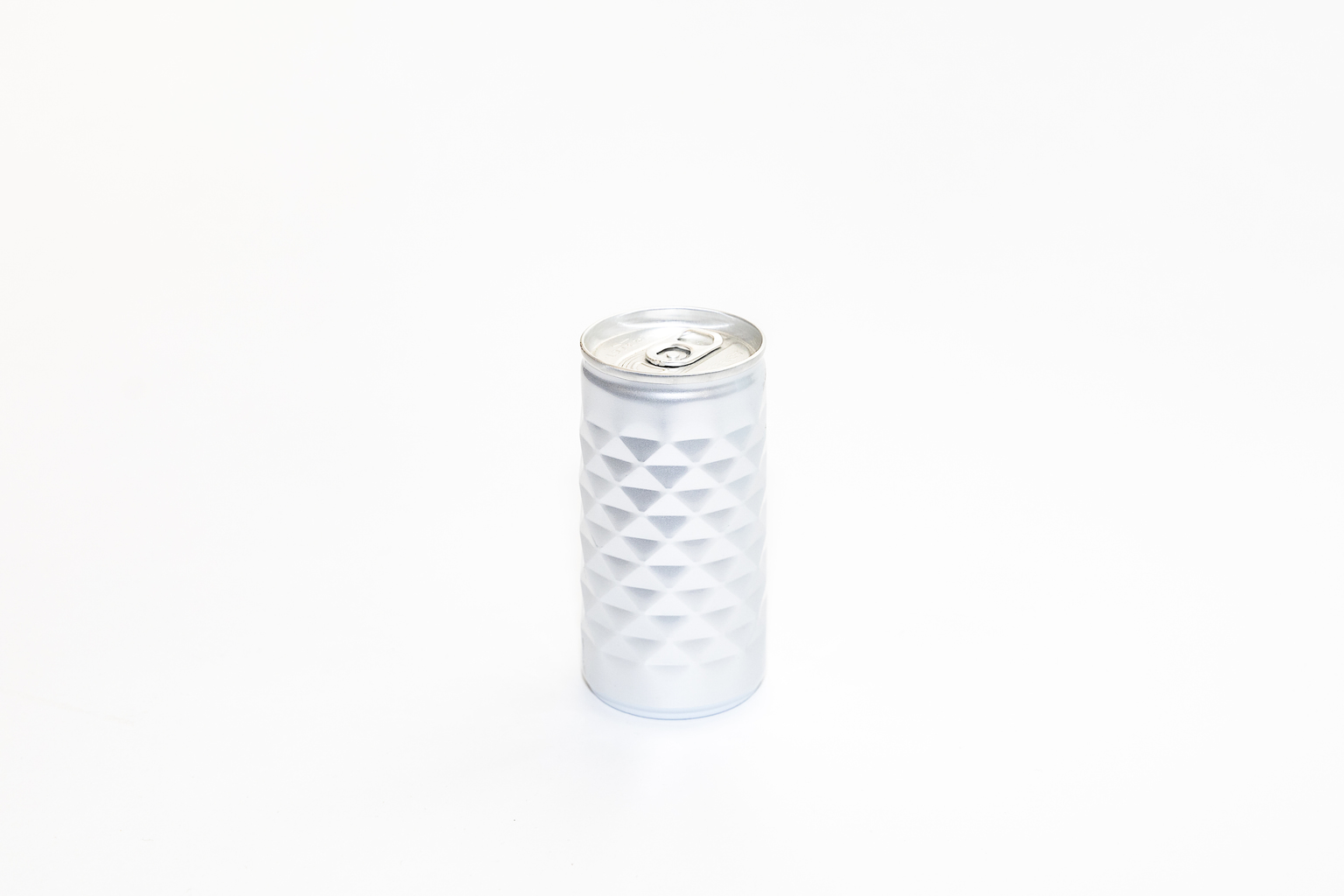
Hidden in Plain Sight
Have you noticed that some of the beverage cans you buy these days have a diamond-cut pattern around the middle? That pattern originates in origami and is based on research conducted by astrophysicist and origami engineering pioneer Dr. Koryo Miura. The diamond-cut design results in a stronger can and thus allows for thinner — and lighter — walls.
There is more origami in your house, car and office, from collapsible cups and storage containers to airbags and doors and panels that make use of the aforementioned honeycomb structure. Further from home, you’ll find the principles of origami behind satellites, sunshields and robots. As Ishida explains, “Although we may not recognize it as such, the concept of origami is used in our daily lives.”
And it does more than make new products possible: Origami is also helping the environment. “Lightweight but strong core structures like the honeycomb structure can contribute to sustainability by improving fuel efficiency when transported by car or airplane,” says Ishida. If the drawbacks of paper — poor durability and resistance to water — can be overcome, Ishida believes that products made of folded paper will be re-evaluated, allowing society to move away from plastics.
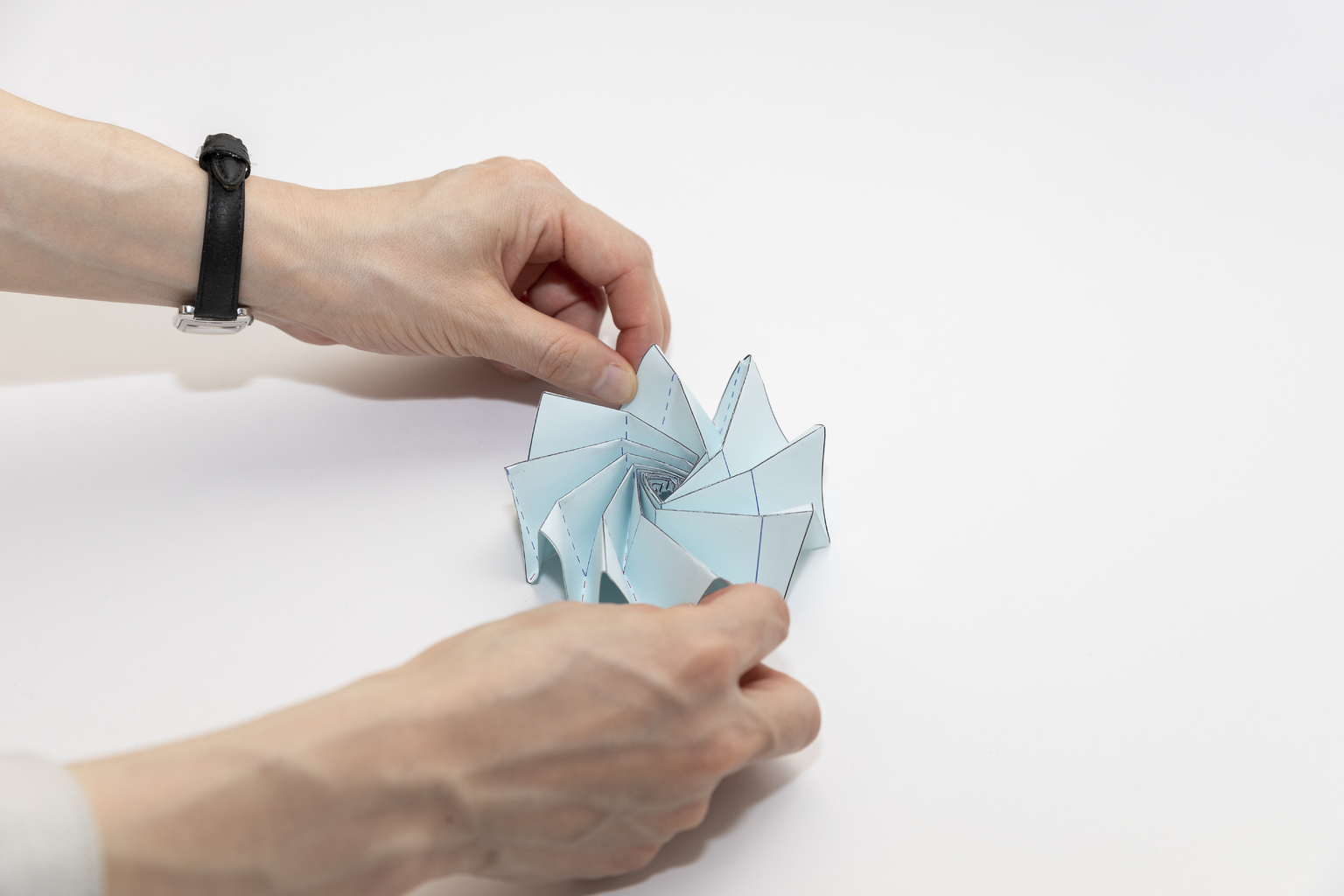
Origami prototypes illustrate how materials expand and retract.
Towards an Increasingly Origami-inspired World
Origami engineering is still in its infancy, and the possibilities are endless. Medicine, robotics, emergency shelter design, packaging, space exploration — the potential applications are vast.
Current research, such as that looking into mechanisms that will negate the need for human or power-source intervention by allowing origami to change shape on its own, will take origami even further.
“If the material used for origami is elastic in nature, like rubber, it can change shape by using its own force to return to its original state,” Ishida says. Shape memory alloys and resins could also be used, with changes in the external temperature facilitating changes in the shape of the alloy or resin.
Ishida also foresees more origami on a smaller scale: “Origami has been used for decades as a means of stowing structures in small packages that then deploy into large sizes,” says Ishida. “In the future, we will likely see an evolution towards smaller forms and on-demand compositions that can be tailored to an individual’s needs, as in the medical field.” Ishida explains that this could include stents that change shape after reaching the affected area and medicines delivered more effectively to specific areas within the body.
Whether on the nano or mega-scale, new ideas stemming from origami continue to unfold. The next time you sit down to practice Japan’s ancient tradition of paper folding, whether to make a stately crane or a cootie-catcher for your kid, take a moment to consider that those same lines you fold are helping origami engineers create comfort-providing home products, life-saving medical devices, and equipment that journeys among the stars.
Photos by Anna Petek

